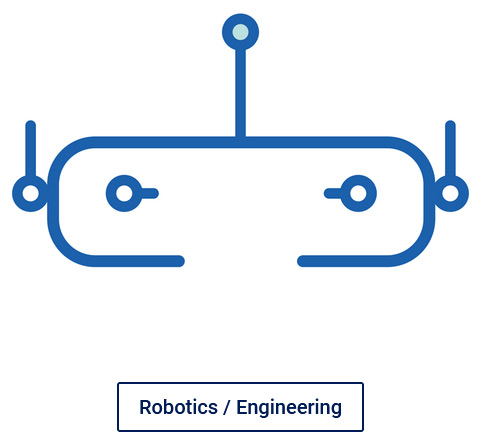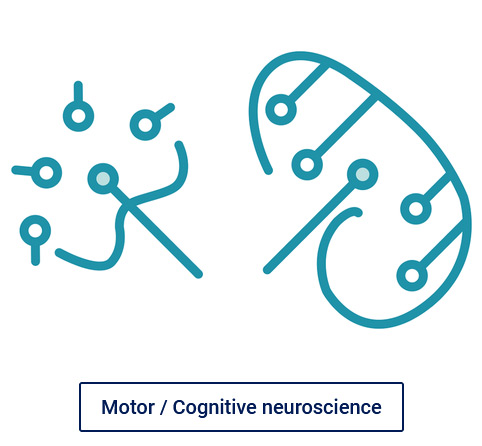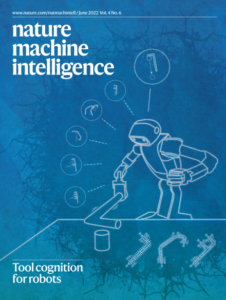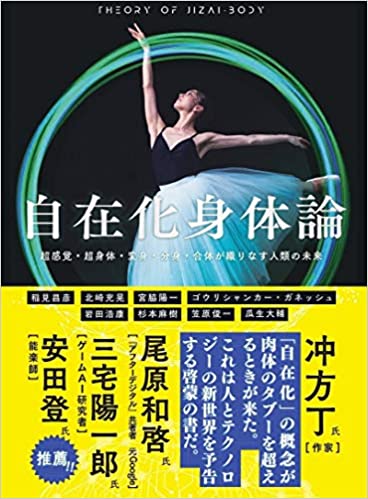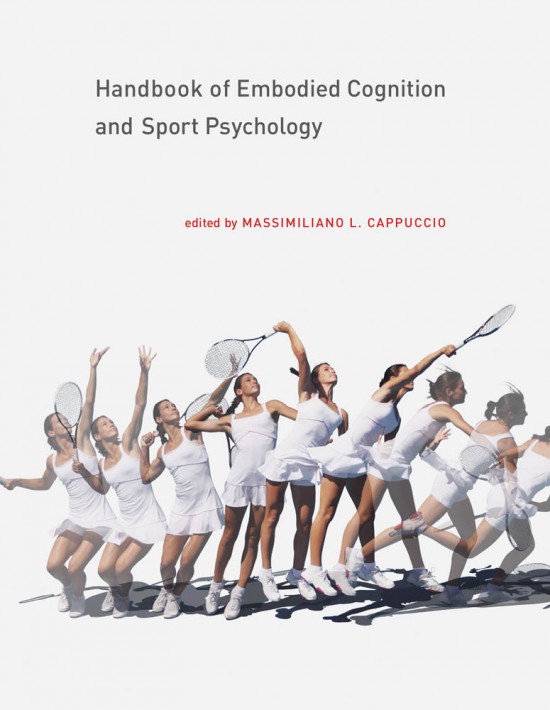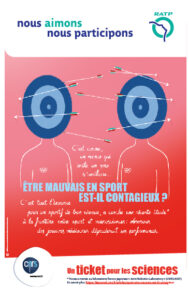Book Chapters
- T. Ikegami, H. Nakamoto, G. Ganesh (2018).
Action imitative and Prediction-error induced contagions in human actions.
MIT Press Handbook of Embodied Cognition and Sport Psychology. ISBN: 9780262038508
- G. Ganesh, T Ikegami (2016).
Beyond Watching: Action understanding by humans and its implications for interacting robots.
Book chapter in Dance Notations and Robot Motion » in the Springer Tracts in Advanced Robotics (STAR) collection
Articles in Peer Reviewed Journals and Conferences (* indicates equal contribution)
- Partiot, E., Hirschler, A., Colomb, S., Lutz, W., Claeys, T., Delalande, F., Deffieu, M. S., Bare, Y., Roels, J. R. E., Gorda, B., Bons, J., Callon, D., Andreoletti, L., Labrousse, M., Jacobs, F. M. J., Rigau, V., Charlot, B., Martens, L., Carapito, C., Ganesh, G., Gaudin, R. (2024). Brain exposure to SARS-CoV-2 virions perturbs synaptic homeostasis. Nature microbiology, 9(5), 1189–1206. https://doi.org/10.1038/s41564-024-01657-2.
- Partiot, E., Gorda, B., Lutz, W., Lebrun, S., Khalfi, P., Mora, S., Charlot, B., Majzoub, K., Desagher, S., Ganesh, G., Colomb, S., & Gaudin, R. (2024). Organotypic culture of human brain explants as a preclinical model for AI-driven antiviral studies. EMBO molecular medicine, 16(4), 1004–1026. https://doi.org/10.1038/s44321-024-00039-9.
- C. Colomer, M. Dhamala, G. Ganesh, J. Lagarde (2023). Interacting humans use forces in specific frequencies to exchange information by touch. Nature Scientific Reports. 24;12(1):15752. doi: 10.1038/s41598-022-19500-1.
- H. Hapuarachichi, T. Hagiwara, G. Ganesh, M. Kitazaki (2023). Effect of connection induced upper body movements on embodiment towards a limb controlled by another during virtual co-embodiment. PLOS one 5;18(1):e0278022. doi: 10.1371/journal.pone.0278022.
- A. Dechaux, M. Mahsoub, M. Kitazaki, J. Lagarde, G.Ganesh (2022). Multi-sensory feedback improves spatially compatible sensori-motor responses. Nature Scientific Reports. 24;12(1):20253. doi: 10.1038/s41598-022-24028-5.
- C. Colomer, M. Dhamala, G. Ganesh, J. Lagarde (2022). Interacting humans use forces in specific frequencies to exchange information by touch. Nature Scientific Reports. 12;15752. doi: 10.1038/s41598-022-19500-1.
- Umezawa, Y. Suzuki, G. Ganesh, Y. Miyawaki (2022). Changes in body representation induced by an independent supernumerary limb. Nature Scientific Reports. 14;12(1):2339. doi: 10.1038/s41598-022-06040-x.
- Y. Iwasaki, B. Navarro, H. Iwata, G. Ganesh (2022) Embodiment improves attention allotment for the benefit of dual 1 task performance. Commun Biol 5, 701. preprint on https://hal.archives-ouvertes.fr/hal-03341908
- T.Ikegami, G. Ganesh, T. Gibo, T. Yoshioka, R. Osu, M. Kawato (2021). Hierarchical motor adaptations negotiate failures during force field learning. PLOS Computational Biology. Comput Biol 17(4): e1008481. doi: https://doi.org/10.1371/journal.pcbi.1008481
- T. Hagiwara, G. Ganesh, M.Sugimoto, M. Inami, M. Kitazaki (2020). Individuals prioritize the reach straightness and hand jerk of a shared avatar over their own. iScience. https://doi.org/10.1016/j.isci.2020.101732. {press pick up by AAAS’s Eurekalert, https://www.eurekalert.org/pub_releases/2020-11/tuot-cso110820.php}
- G. Ganesh, T. Minamoto, M. Haruno (2019). Activity in dACC causes motor performance deterioration due to anxiety. Nature Communication. https://www.nature.com/articles/s41467-019-12205-6. {press pick up by CNRS Journal, NHK Japan, Yomiuri shinbun Japan}
- S Kato, N. Yamanobe, G. Venture, G. Ganesh(2019).
The where of handovers by humans: Effect of partner characteristics, distance and visual feedback. PLOS one 21;14(6):e0217129. doi: https://doi.org/10.1371/journal.pone.0217129
- G. Ganesh, K. Nakamura, S. Saetia, AM. Tobar, E. Yoshida, H. Ando, N. Yoshimura, Y. Koike (2018).
Utilizing sensory prediction errors for movement intention decoding: a new methodology.
Science Advances Vol. 4, no. 5, eaaq0183 DOI: 10.1126/sciadv.aaq0183
- T. Ikegami*, G. Ganesh*, T. Takeuchi, H. Nakamoto (2018).
Prediction error induced motor contagions in human behaviors.
Elife 2018;7:e33392 DOI: 10.7554/ELIFE.33392.
- Takagi, F. Usai, G. Ganesh, V. Sanguineti, E. Burdet (2018).
Haptic communication between humans is tuned by the hard or soft mechanics of interaction.
PLOS computational Biology, https://doi.org/10.1371/journal.pcbi.1005971.
- T. Ikegami, G. Ganesh (2017).
Shared Mechanisms in the Estimation of Self-Generated Actions and the Prediction of Other’s Actions by Humans.
ENEURO.0341-17.2017; doi: https://doi.org/10.1523/ENEURO.0341-17.2017.
- L. Aymerich-Franch, D. Petit, G. Ganesh, A. Kheddar (2017).
Object touch by a humanoid robot avatar induces haptic sensation in the real hand.
Journal of Computer Mediated Communication. 22(4):215:230.
- A. Takagi*, G. Ganesh*,T. Yoshioka, M. Kawato, E. Burdet (2017).
Physically interacting individuals estimate the partner’s goal to enhance their movements.
Nature Human Behavior. doi:10.1038/s41562-017-0054. {press pick up by CNRS Journal}
- L. Aymerich-Franch, D. Petit, G. Ganesh, A. Kheddar (2016).
The second me: seeing the real body during humanoid embodiment produces an illusion of bi-location.
Consciousness and Cognition. 46:99-109. doi:10.1016/j.concog.2016.09.017.
- L. Aymerich-Franch, D. Petit, A. Kheddar, G. Ganesh (2016).
Forward modelling the rubber hand: illusion of ownership reorganizes the motor-sensory predictions by the brain.
Open Science. DOI: 10.1098/rsos.160407
- S. Zhang, H Mano, G Ganesh, T Robbins, B Seymour (2015). Multiple learning processes underlie human pain conditioning.
Current Biology, 21(1), p52–58.
- L. Aymerich-Franch, G. Ganesh (2015).
The role of functionality in the body model for self-attribution.
Review in Neuroscience Research. doi:10.1016/j.neures.2015.11.001.
- Sport : être mauvais est-il contagieux? By Martin Kopp on T. Ikegami, G. Ganesh (2014)
CNRS le Journal, online CNRS magazine.
- Don’t Watch That Clumsy Player Too Closely:Expert Athletes May Perform Worse After Watching Novice Actions By Tori Rodrigues on T. Ikegami, G. Ganesh (2014).
Scientific American Magazine. https://www.scientificamerican.com/article/dont-watch-that-clumsy-player-too-closely/
- T. Ikegami, G. Ganesh (2014).
Watching novice action degrades expert’s performance- Evidence that the motor system is involved in action understanding by humans.
Nature Scientific Reports. Doi: 10.1038/srep06989.
{press pick up by leading media outlets in Japan – ‘Scientific American’,‘Asahi shinbun’, ‘Mainishi-shinbun’, Yahoo Japan, TBS television ‘asachan’, TBS radio}
- G. Ganesh, T. Yoshioka, R. Osu, T. Ikegami (2014).
Immediate tool incorporation processes determine human motor planning with tools.
Nature Communications. Doi: 10.1038/ncomms5524.
- G. Ganesh, A. Takagi, R. Osu, T. Yoshioka, M. Kawato, E. Burdet (2014).
Two is better than one: Physical interactions improve motor performance in humans.
Nature Scientific Reports 4.doi10.1038/srep03824.
{press pick CNRS magazine, Dainik Jagran, India, Medical news}
- G. Ganesh, R. Osu, E. Naito (2013).
Feeling the force: Returning sensory signals determine effort expenditure during motor coordination.
Nature Scientific Reports. Doi10.1038/srep02648.
- G.Ganesh, E. Burdet (2012).
Motor planning explains human behavior in tasks with multiple solutions.
Special Issue of Elsevier Robotics and Autonomous Systems: Models and technologies for multi-modal skill training. 61-ISSN:0921-8890 :362-368.
- M. Haruno, G. Ganesh, E. Burdet, M. Kawato (2012).
Differential Correlates of force and co-contraction in the human premotor cortex.
J. Neurophysiology. 107(1): 126-33.
- J. Kodl*, G. Ganesh*, E. Burdet (2011).
The CNS stochastically selects motor plan utilizing extrinsic and intrinsic representations.
PloS ONE, 6(9): e24229.
- G. Ganesh, M. Haruno, M. Kawato, E. Burdet (2010).
Motor memory and local minimization of error and effort, not global optimization, determine motor behavior.
J. Neurophysiology. 104(1): 382-90.
- G. Ganesh, E. Burdet, M. Haruno, M. Kawato (2008).
Sparse linear regression for reconstructing muscle activity from human cortical fMRI.
Neuroimage, 42(4): 1463-72.
- L. Burztyn*, G. Ganesh*, H. Imamizu, M. Kawato, R. Flanagan (2006).
Neural Correlates of internal model loading.
Current Biology, 16: 2440–2445.
Conference Presentations
- H. Saito, K. Fukuchi, M. Inami, G. Ganesh (2023). Background induced prediction error modulates
motor contagions in humans. Poster at Motor control Symposium, Japan, August 2023.
- K. Arai, Y. Takahara, D. Ueda, M. Fukunaga, G. Ganesh, Y. Miyawaki (2022). Neural correlates of independent sixth finger embodiment. Poster at Society for Neuroscience (SFN), Chicago, US.
- Y. Takahara, K. Arai, K. Kawata, M. Fukunaga, N. Sadato, G. Ganesh, Y. Miyawaki. (2022). Neural correlates of embodiment of an independent supernumerary limb by humans: a functional magnetic resonance imaging study. Poster at Neuro. Okinawa, Japan.
- G. Shen, G. Ganesh, Y. Miyawaki (2022), Attenuated perception of visual stimuli synthesized from subspace neural activity. Presentation at the Vision Science Society (VSS) meeting, Pete Beach, Florida.
- N. Nishida, Y. Iwasaki, T. Takeshi, T. Handa, K. Ando, S. Izuka, F. Kato, G. Ganesh, H. Iwata (2021). 追加型拡 張身体に対するAgency, Ownership誘発のための筋電制御システム・力触覚FBデバイスの開発 (To induce agency and ownership for additional body parts development by EMG control and force-tactile feedback). The Robotics and Mechatronics Conference, Japan, Osaka.
- K. Umezawa, Y. Suzuki, G. Ganesh, Y. Miyawaki. Investigation of the change in body representation with a actuated sixth finger. Poster at Motor control Symposium, Japan, August 2019.
- Suzuki, G. Ganesh, Y. Miyawaki. Investigation of the change in body representation due to a sixth finger. 17th Winter workshop on the mechanisms of brain and mind, January 2018.
- T. Ikegami, G. Ganesh, H. Nakamoto. Presence and absence of prediction errors during action observation induce distinct motor contagions. Poster at Society for Neuroscience SFN meeting, November 2017.
- K. Nakamura, G. Ganesh, AM Tobar, S. Suetia, N. Yoshimura, E. Yoshida, H. Ando, Y. Koike. Utilizing prediction errors to decode movement intention: a new technique. 17th Winter workshop on the mechanisms of brain and mind, January 2017.
- K. Nakamura, G. Ganesh, AM Tobar, S. Suetia, N. Yoshimura, E. Yoshida, H. Ando, Y. Koike. Utilizing prediction errors to decode movement intention: a new technique. Poster at Motor control symposium, June 2016.
- H. Nakamoto, T. Ikegami, G. Ganesh. 運動観察時の予測誤差の有無が自己の運動制御機構に及ぼす影. Poster at Motor control symposium, June 2016.
- T. Ikegami, G. Ganesh. Outcome prediction of observed actions affects one’s own outcome estimation but not action correction. Poster at Society for Neuroscience SFN meeting, November 2015.
- N. Takemura, T. Yoshioka, T. Ikegami, D. Korhammer, Hannes Hoepner, P. van der Smagt, G. Ganesh. Towards measurement and understanding of human impedance control during voluntary impacts. Poster at Motor control Symposium, September 2015.
- N. Takemura, T. Yoshioka, T. Ikegami, D. Korhammer, Hannes Hoepner, P. van der Smagt, G. Ganesh. Towards measurement and understanding of human impedance control during voluntary impacts. Poster at Neural Control of Movement, NCM, April 2015.
- D. Korhammer N. Takemura, G. Ganesh, P. van der Smagt. Decoding arm stiffness form Electromyography during voluntary impacts. Poster at Neural Control of Movement, NCM, April 2015.
- T. Ikegami, G. Ganesh. Outcome prediction of observed actions affects one’s own outcome estimation but not action correction. Poster at Society for Neuroscience SFN meeting, November 2014.
- T. Ikegami, G. Ganesh. Watching novice action degrades darts expert’s skill: Evidence that the motor system is involved in action understanding. Poster at Society for Neuroscience SFN meeting, November 2013.
- G. Ganesh, R. Osu, E. Naito. Feeling the load: Returning haptic signals influence effort inference during motor coordination. Poster at Motor control symposium, June 2013.
- T. Ikegami, G. Ganesh. Darts expert’s forward model degraded by watching novice darts throwing. Poster at Motor control symposium, June 2013.
- G. Ganesh, T. Ikegami. Tool kinematics mis-planning in humans. Poster at Motor control symposium, June 2012.
- T. Ikegami, G. Ganesh. How observation affects motor action. Poster at Motor control symposium, June 2012.
- T. Ikegami, G. Ganesh. Tool kinematics mis-planning in humans. Poster at Neural Control of Movement, NCM, April 2012.
- G. Ganesh, R. Osu, T. Yoshioka, M. Kawato, E. Burdet. Symbiosis of motor interaction. Poster at Japanese Society for Neuroscience meeting, JSFN, September 2011.
- T. Ikegami, G. Ganesh, T. Gibo, T. Yoshioka, M. Kawato, R. Osu. Multiple motor plans for the same environment modulated by history of endpoint error. Poster at Japanese Society for Neuroscience meeting, JSFN, September 2011.
- G. Ganesh, T. Ikegami, T. Gibo, E. Burdet, T. Yoshioka, M. Kawato, R. Osu. Effect of end-point error on trajectory adaptation during force field learning: Model. Poster at Motor control symposium, June 2011.
- T. Ikegami, G. Ganesh, T. Gibo, T. Yoshioka, M. Kawato, R. Osu. Effect of end-point error on trajectory adaptation during force field learning: Experiment. Poster at Neural Control of Movement, NCM, April 2011.
- G. Ganesh, M. Haruno, M. Kawato, E. Burdet. Motor optimization in the presence of multiple error-effort minima. Poster at Neural Control of Movement, NCM, April 2010.
- J. Kodl*, G. Ganesh*, E. Burdet. Multiple solutions in movement planning. Poster at Brain and Mind Conference- Rusutsu, January 2010.
- 羽倉信宏、番浩志、G. Ganesh、山本洋紀、春野雅彦:手位置の空間表現.日本神経科学会抄録集. Japanese Neuroscience Society, September 2009.
- 羽倉信宏,番浩志,G. Ganesh,山本洋紀,春野雅彦:手位置の脳内表現 No.24. Motor Control 研究会, June 2009.
- G. Ganesh, M. Haruno, E. Burdet. A Hypothesis analysis of the neural correlates of motor learning. Poster at Neural Control of Movement, NCM, April 2009.
- G. Ganesh, M. Haruno, E. Burdet. Transitions between reciprocal activation and co-contraction during posture control. Poster at Neural Control of Movement, NCM, April 2008.
- G. Ganesh, M. Haruno, E. Burdet, M. Kawato. Neural Correlates of Force and Impedance Learning. Poster at Japanese Society for Neuroscience meeting, JSFN, October 2008.
- M. Haruno, G. Ganesh. Differential neural correlates of force control and muscle co-contraction control revealed by fMRI with on-line EMG feedback. Poster at Society for Neuroscience meeting, SFN, December 2006.
- DW. Franklin, G. Ganesh, R. Osu, H. Imamizu, TE. Milner and M. Kawato. Neural correlates of the control of muscle impedance. Poster at Human Brain Mapping, HBM, June 2006.
